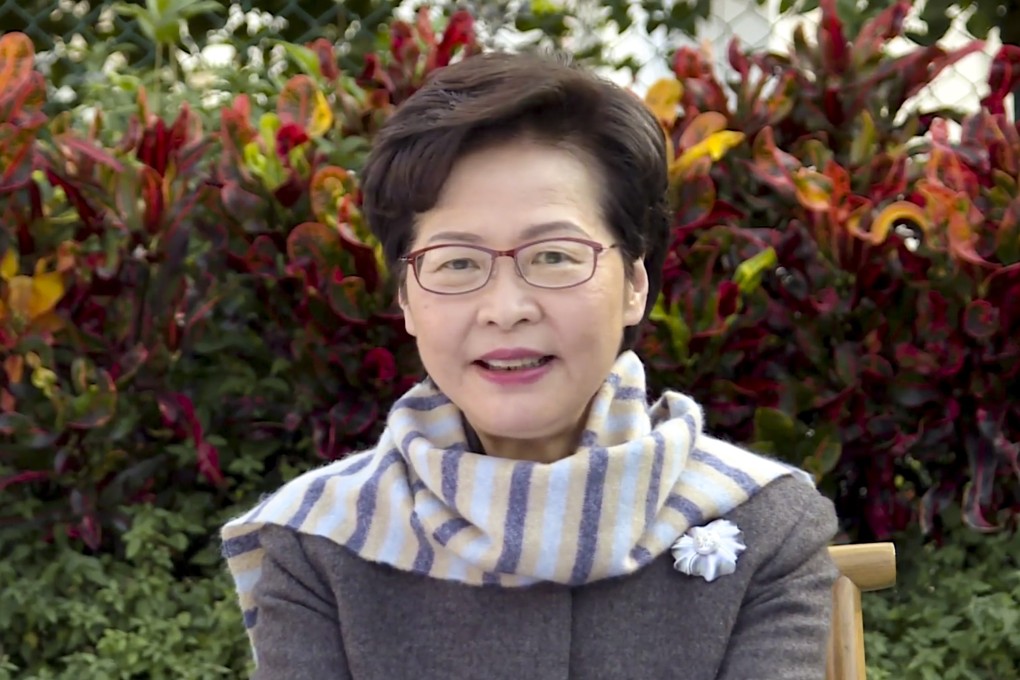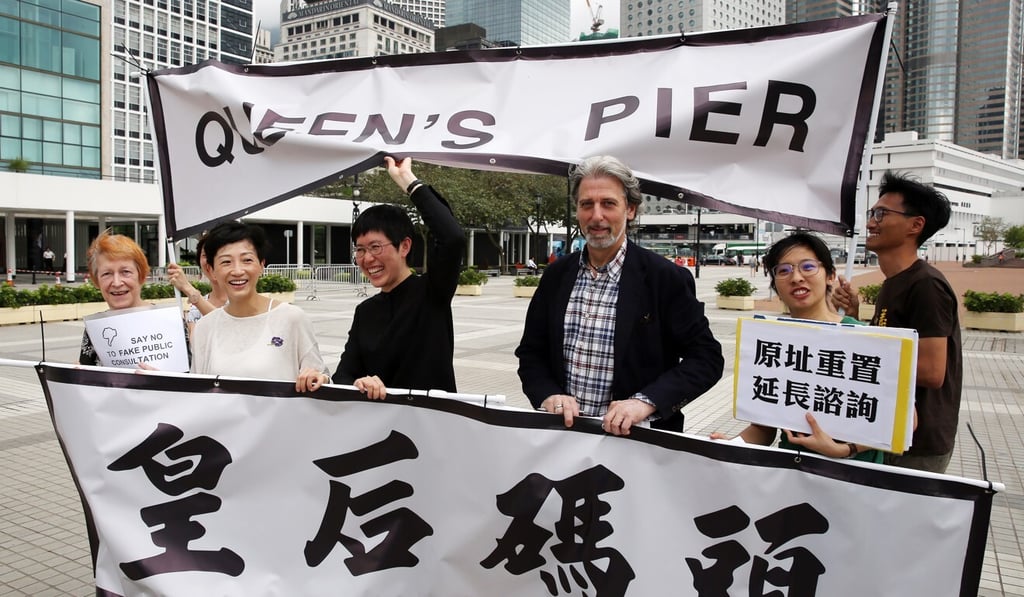My Take | Queen’s Pier belongs in Central and should return there
- The battle to save the pier in 2007 showed its importance to the people of Hong Kong. Now the promise to reassemble it not far from its historic home should be kept

The battle by defiant protesters to save Queen’s Pier from demolition 14 years ago sparked scenes which, at the time, were rarely witnessed in Hong Kong.
Young protesters gathered at the historic site of the pier in Central. There were sit-ins, protest songs, a hunger strike and a banner scrawled in blood. Demonstrators clashed with police, arrests were made and campaigners launched a court action in a bid to save the pier.
The government was taken by surprise by the strength of public opposition to its plans to dismantle Queen’s Pier. But newly appointed development secretary Carrie Lam Cheng Yuet-ngor stood firm, insisting it could not change course.
All this will sound familiar to those who experienced the civil unrest that engulfed Hong Kong in 2019. The protests in 2007 were generally peaceful and were not on anything like the same scale as the prolonged demonstrations following Lam’s disastrous bid to introduce an unpopular extradition bill. The demands made of the government – to preserve the city’s heritage and the community’s collective memory – were different.
But the protests were a forerunner of what was to come and should have served as a wake-up call. They were not just about saving the pier. There were, at the time, also pleas for officials to listen to the people, to better gauge public sentiment, to govern more inclusively and to allow young people a say. The pier demonstrations revealed an emerging sense of identity among Hong Kong people. All of these factors contributed to the much bigger, prolonged and far more violent protests of 2019.

Now, the question of what to do with Queen’s Pier has resurfaced. The pier was dismantled to make way for the Central-Wan Chai Bypass and the parts put in storage on Lantau. The government rejected calls for the pier to be reinstated at its original site near City Hall. But Lam pledged in 2009 that it would be rebuilt at a new location on the Central Harbourfront. The plan was to place it between piers nine and 10 in Central by 2013. We are still waiting.
